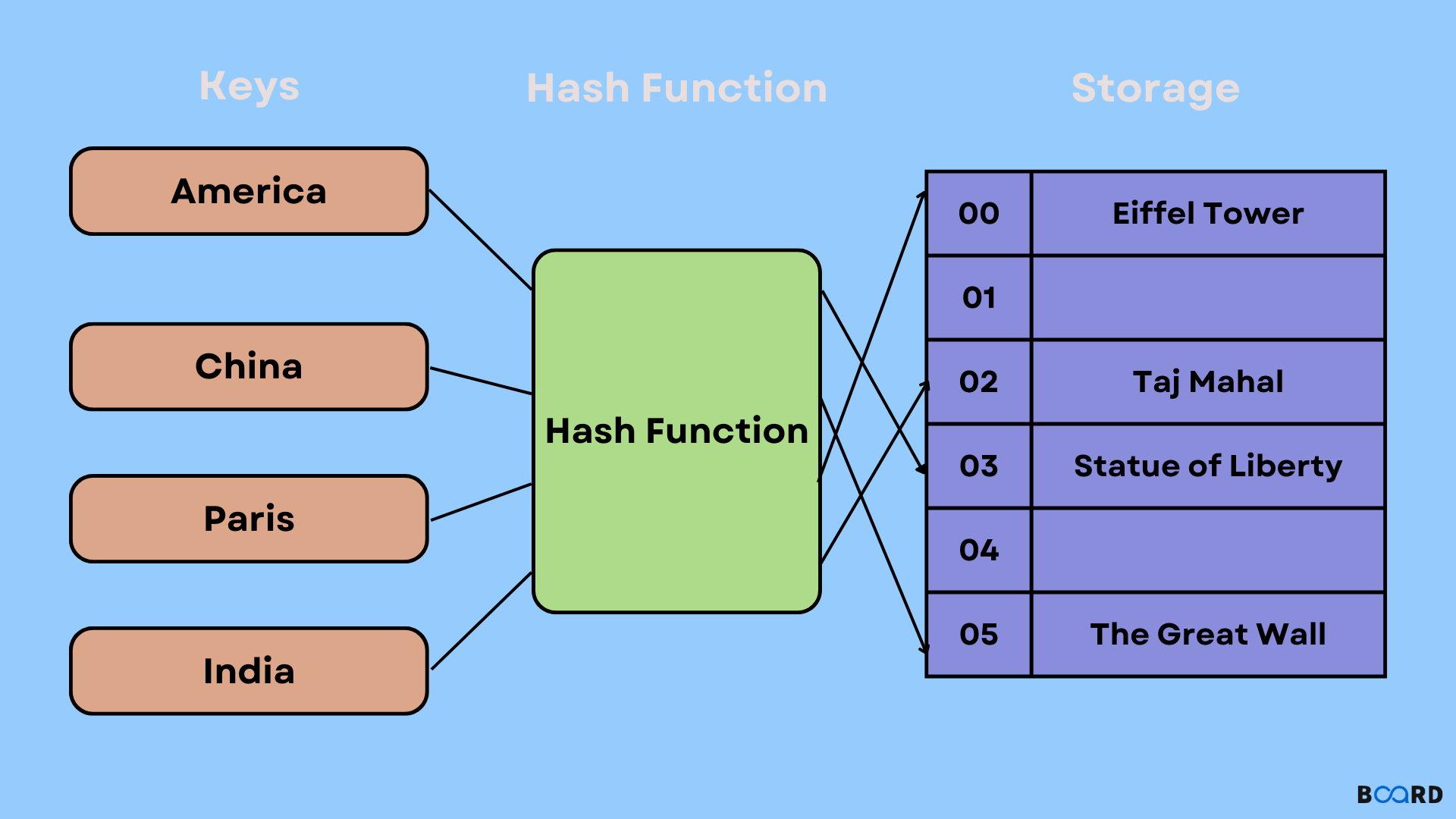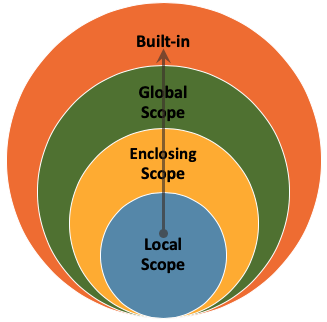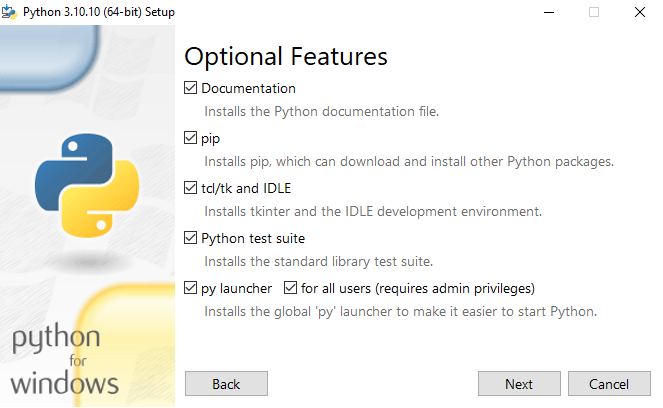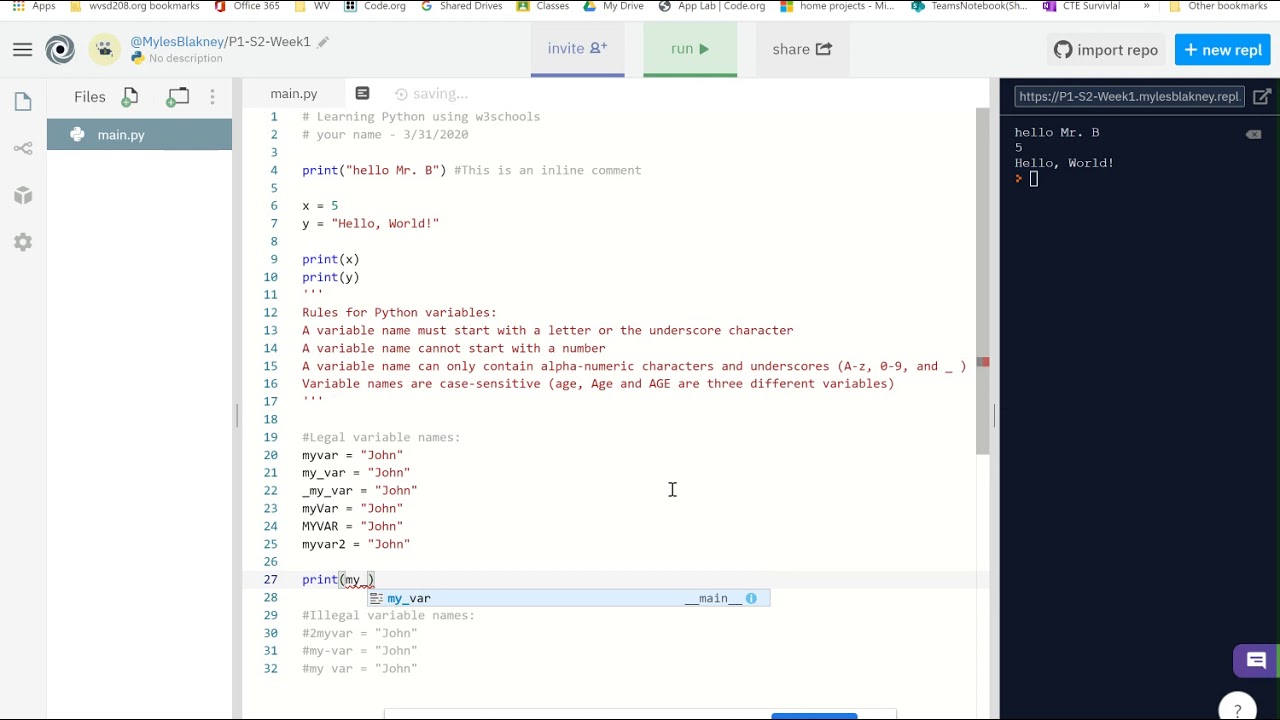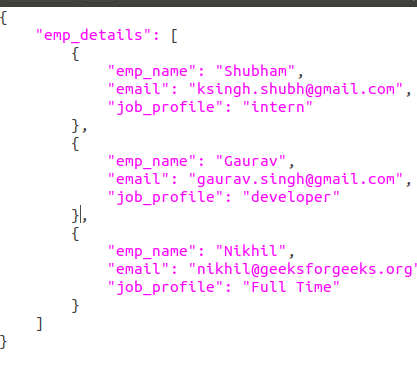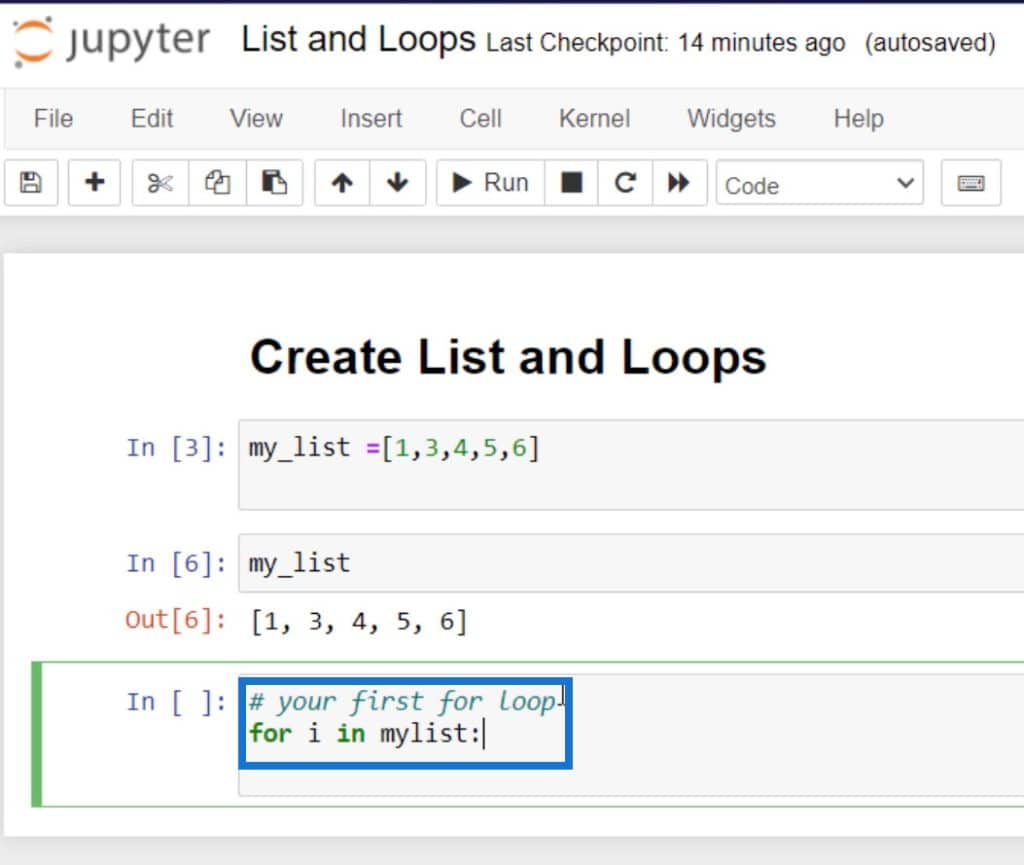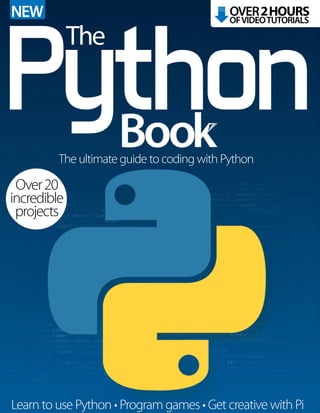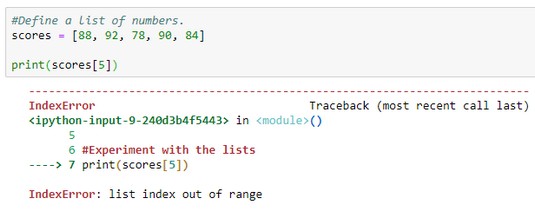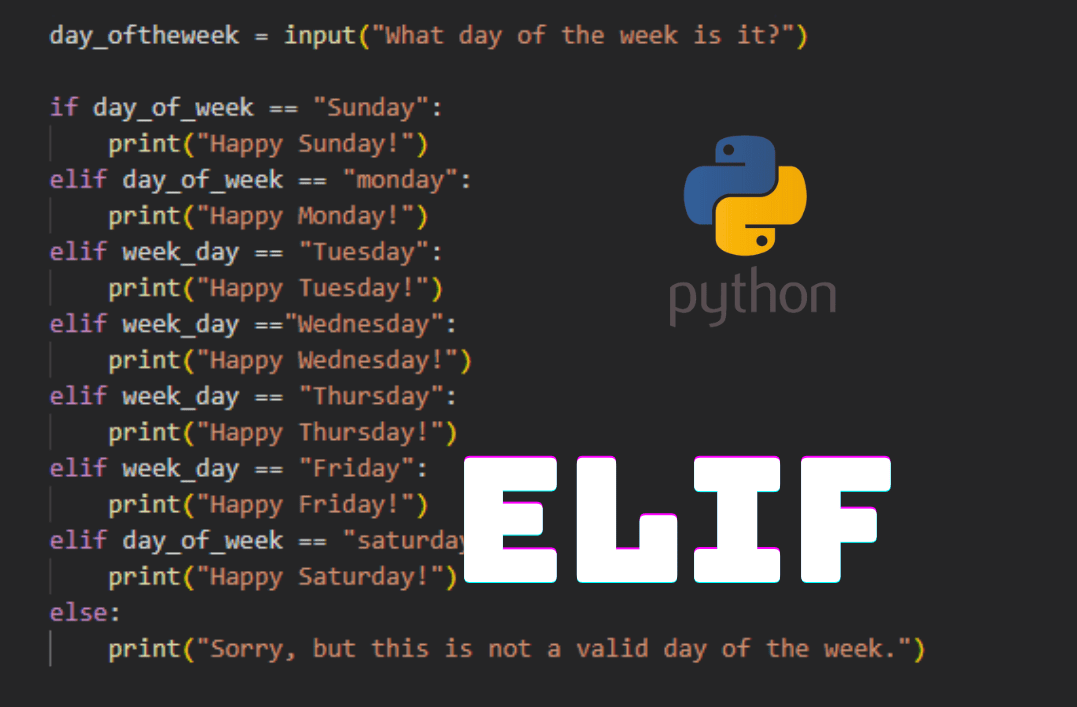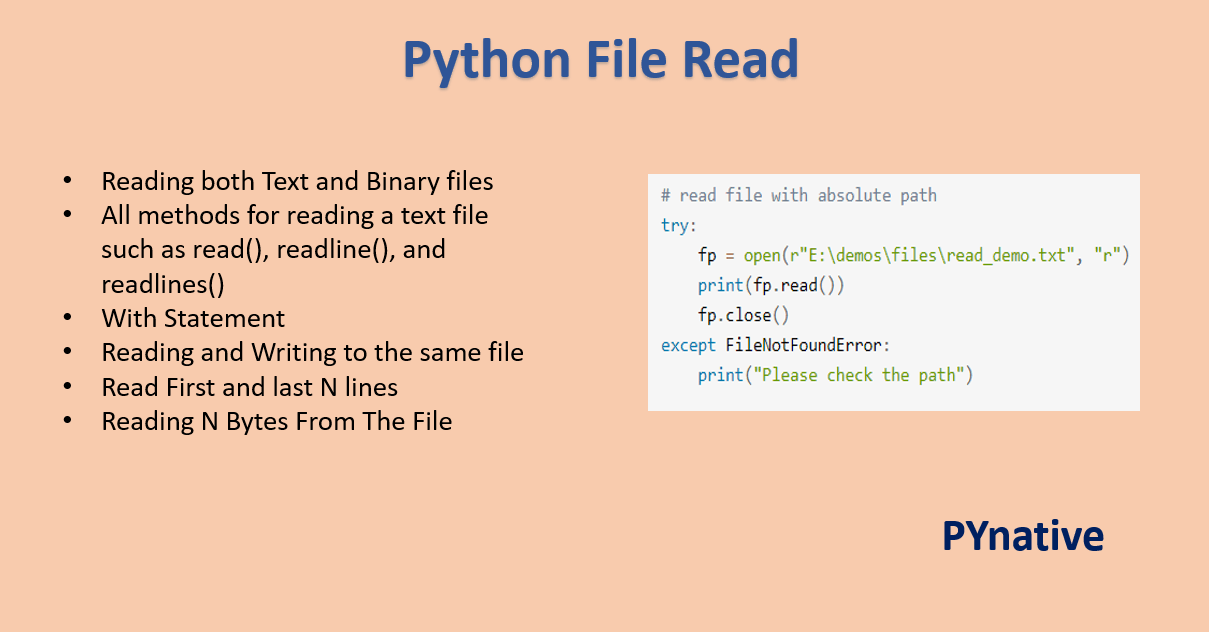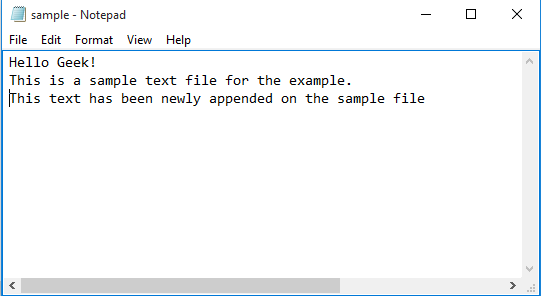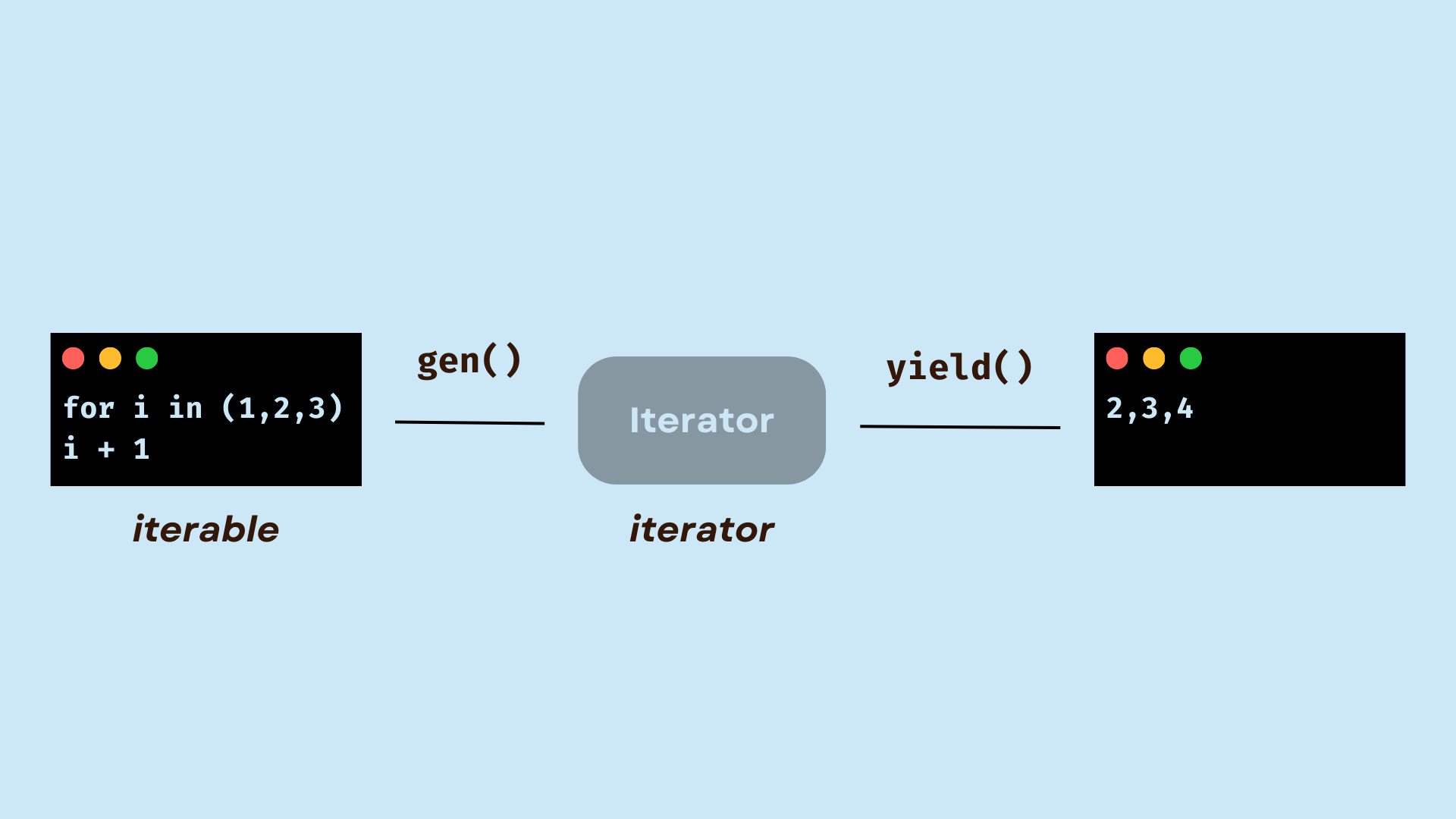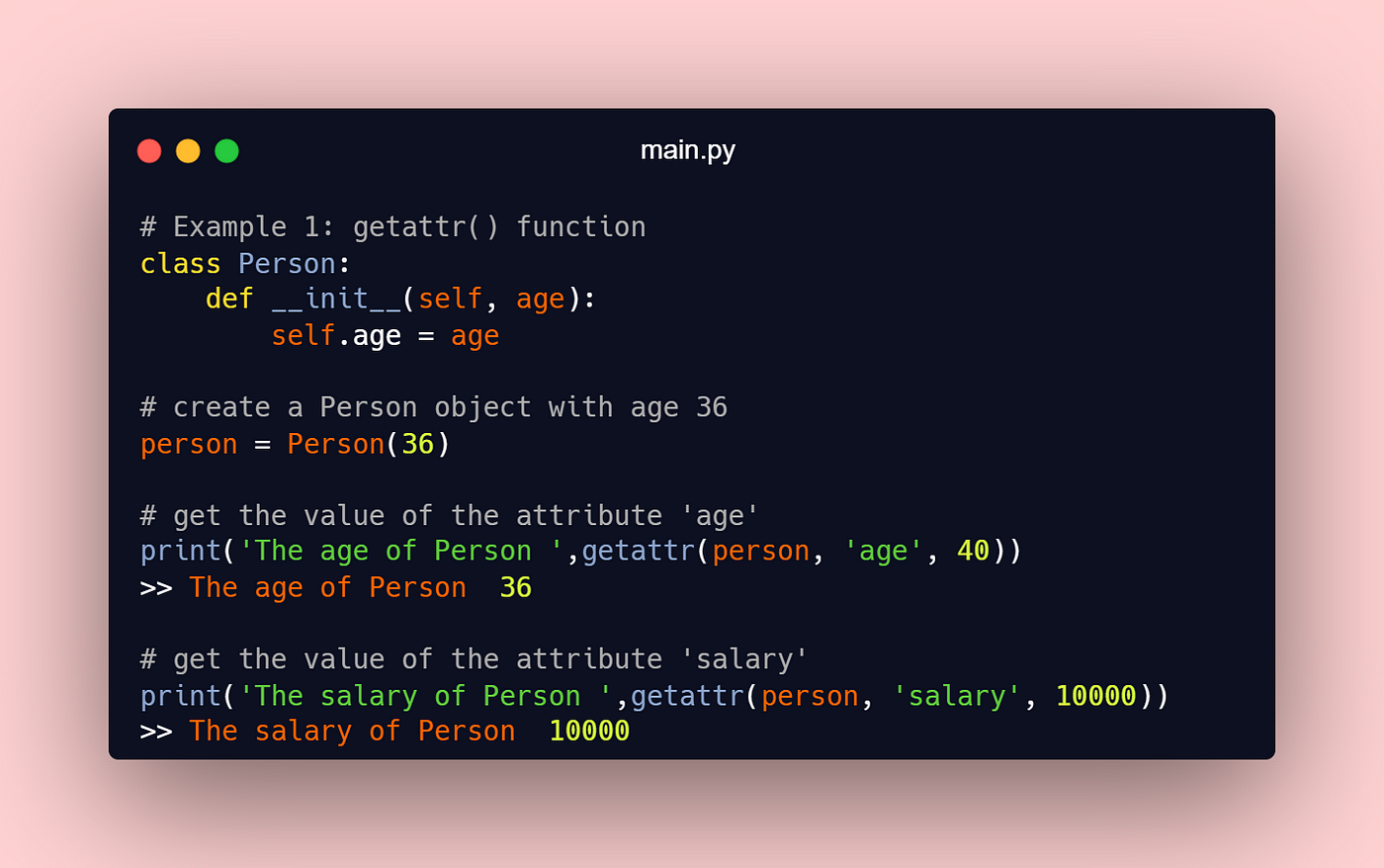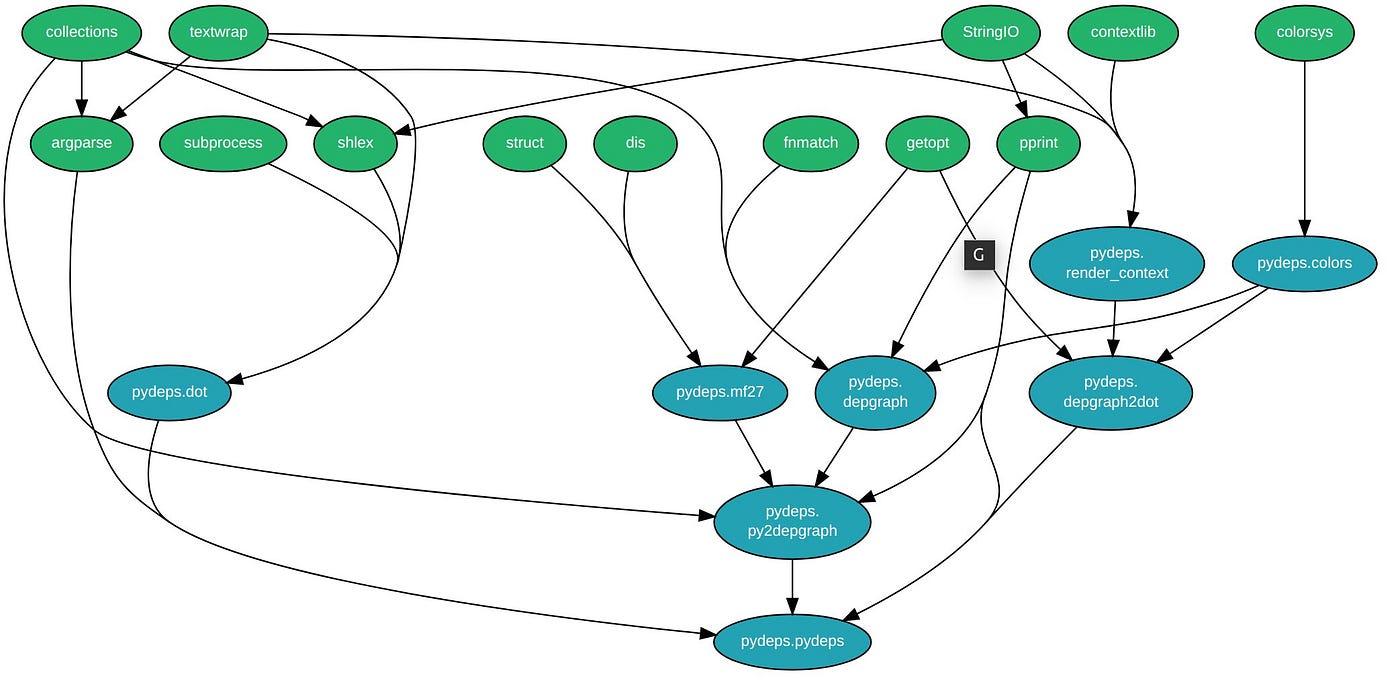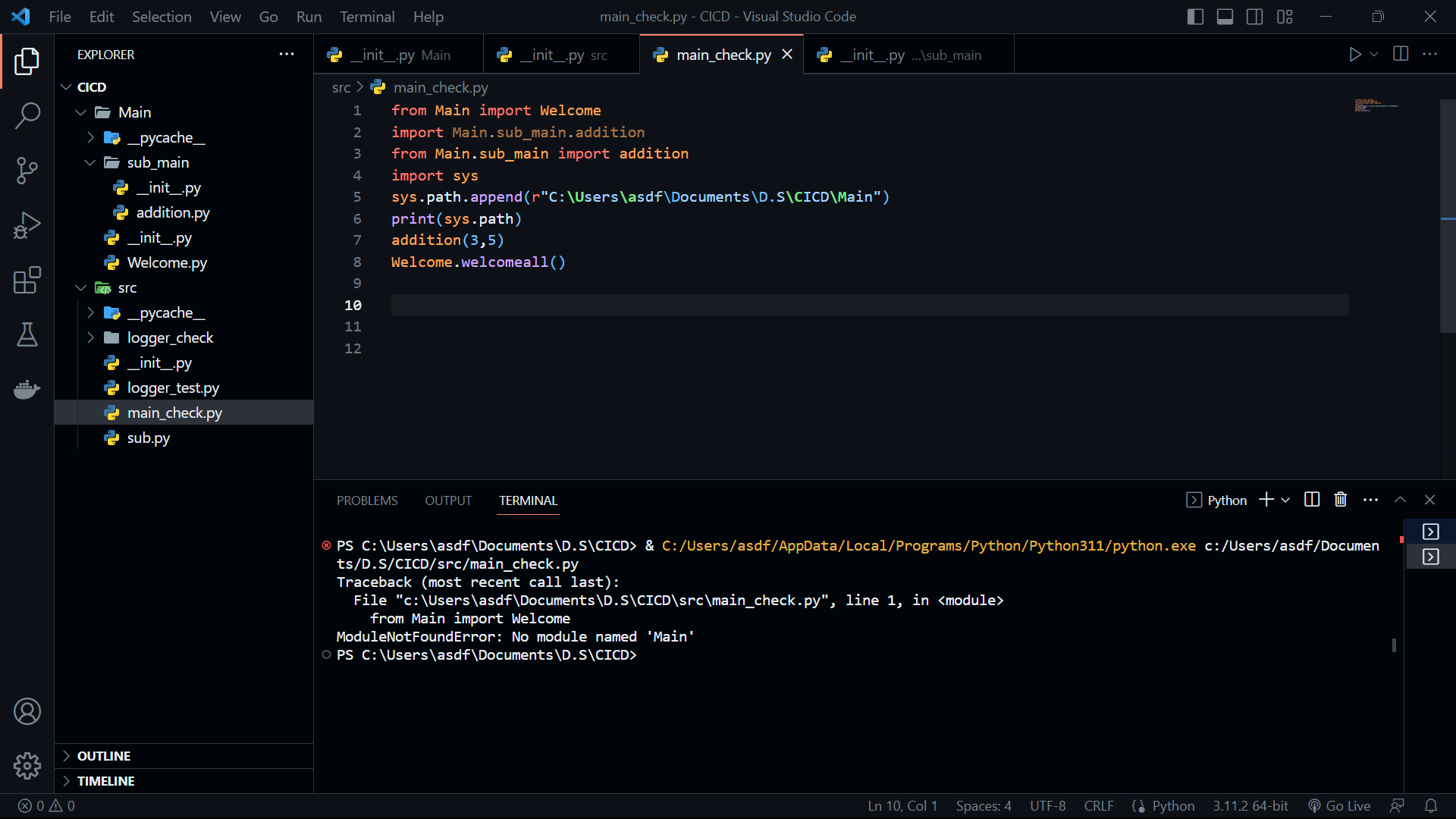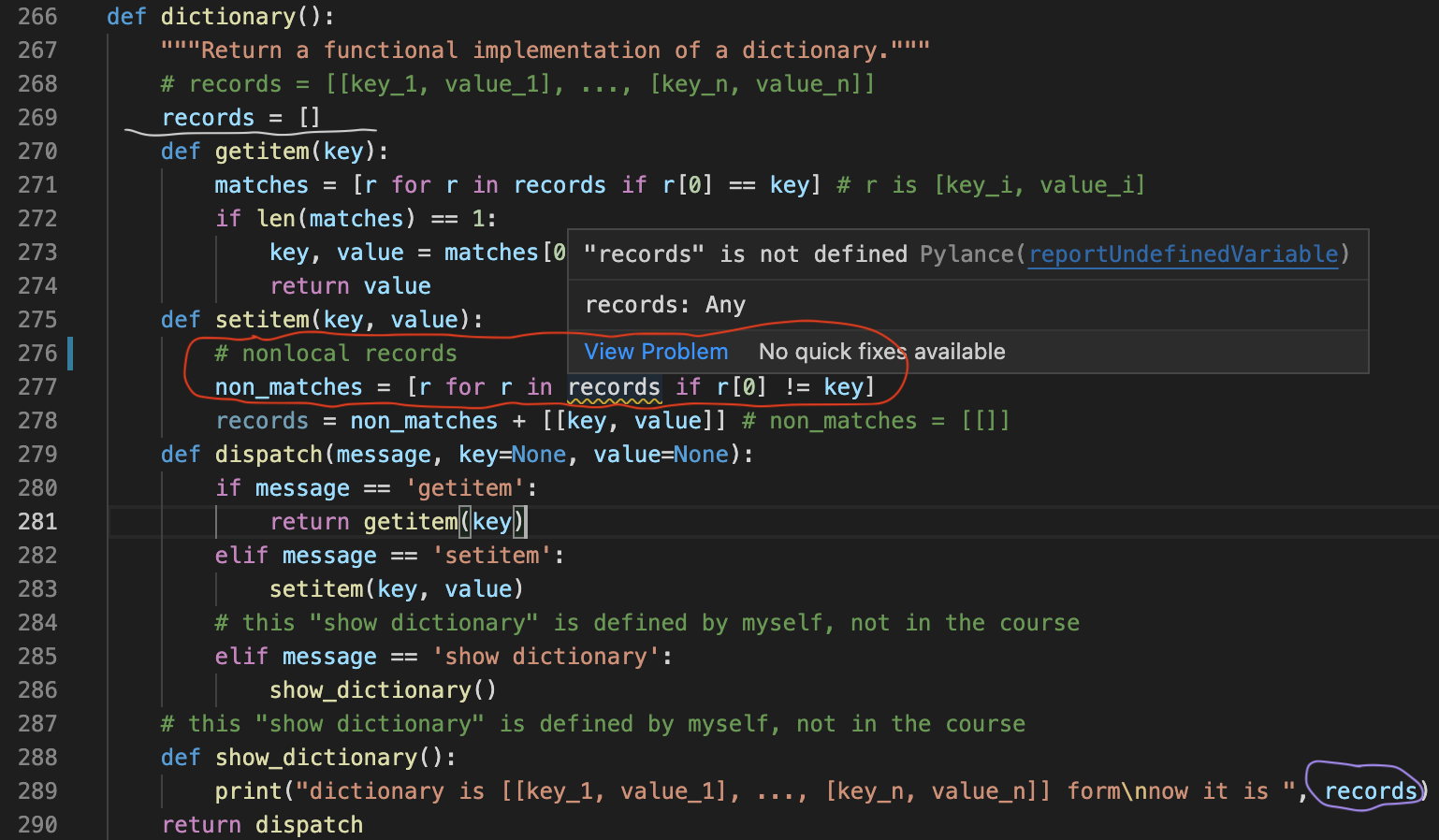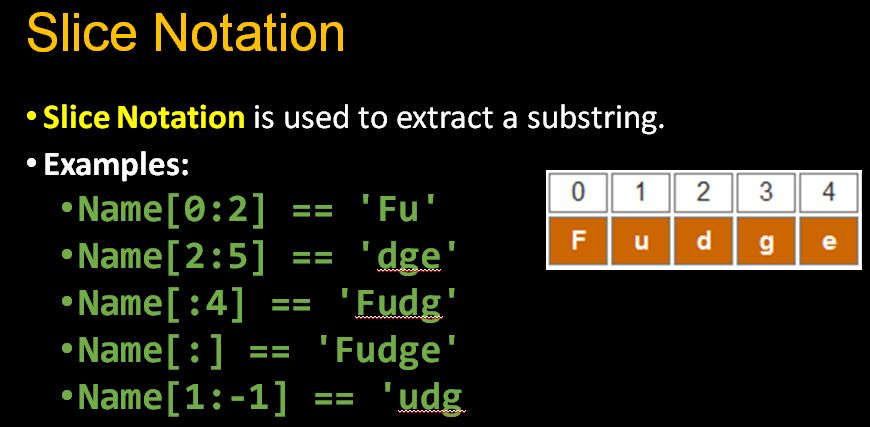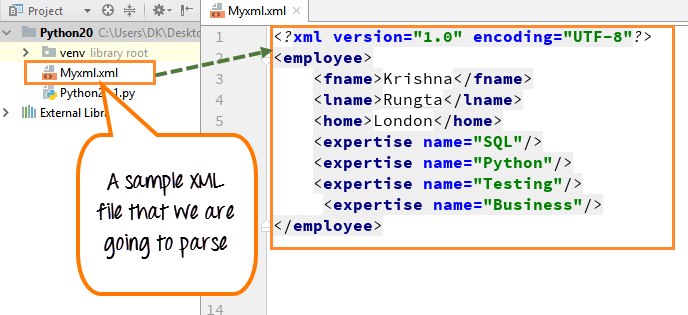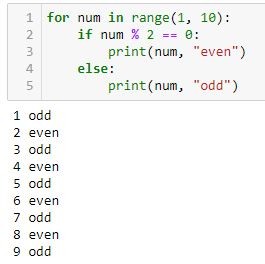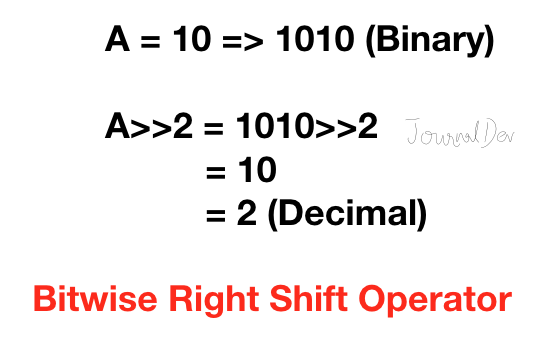How to write a 2D array in Python?
How to write a 2D array in Python?

Writing a 2D array in Python! It's a fundamental concept in programming, and I'm excited to dive into it with you!
What is a 2D Array?
Before we dive into the code, let's clarify what a 2D array (also known as a matrix) is. A 2D array is a data structure that contains elements arranged in rows and columns. Think of it like a spreadsheet or a table with multiple rows and columns.
How to Write a 2D Array in Python?
Python provides several ways to create a 2D array (matrix). Here are some common methods:
Using Lists of ListsThe most straightforward way is to use lists of lists. This method is simple, yet powerful. You can think of it like creating a table with multiple rows and columns.
Here's an example:
my_2d_array = [[1, 2, 3], [4, 5, 6], [7, 8, 9]]
In this example, my_2d_array is a 2D array with three rows and three columns.
Using NumPy
NumPy (Numerical Python) is a powerful library for numerical computing in Python. You can create a 2D array using the numpy.array() function or by directly creating an array with shape specified.
Here's how to do it:
import numpy as npmy_2d_array = np.array([[1, 2, 3], [4, 5, 6], [7, 8, 9]])
NumPy arrays offer many benefits, including efficient operations and support for large datasets.
Using Pandas
Pandas is another popular library in Python that provides data structures like Series (1D) and DataFrames (2D). You can create a 2D array using the pd.DataFrame() function or by directly creating an array with shape specified.
Here's how to do it:
import pandas as pdmy_2d_array = pd.DataFrame({'A': [1, 2, 3], 'B': [4, 5, 6], 'C': [7, 8, 9]})
Pandas DataFrames are designed for data manipulation and analysis.
Why Choose One Method Over Another?
Each method has its strengths:
Lists of lists is a simple, lightweight solution suitable for small to medium-sized arrays. NumPy arrays offer efficient operations and support large datasets but require more memory. Pandas DataFrames provide powerful data manipulation and analysis capabilities but may not be as performant as NumPy.Conclusion
Writing a 2D array in Python is straightforward using lists of lists, NumPy arrays, or Pandas DataFrames. The choice ultimately depends on the specific requirements of your project: performance, memory usage, or ease of use. I hope this guide has helped you understand how to create a 2D array in Python!
What are the 4 types of array in Python?
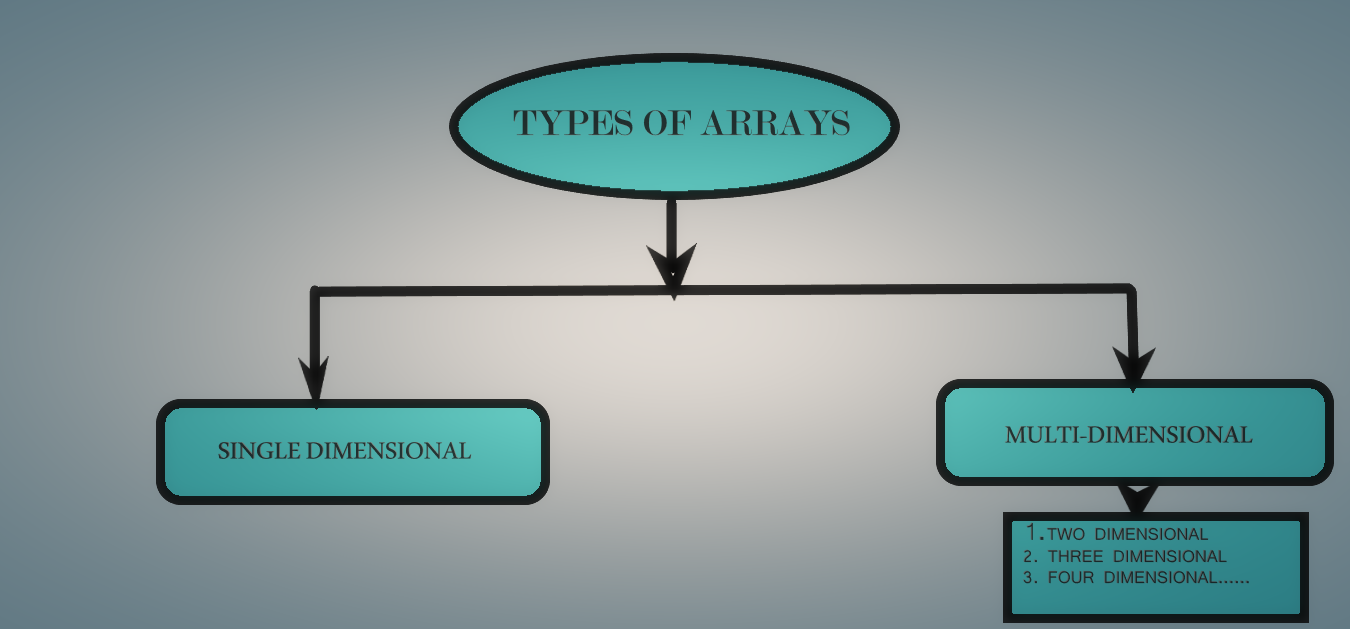
I'd be happy to help!
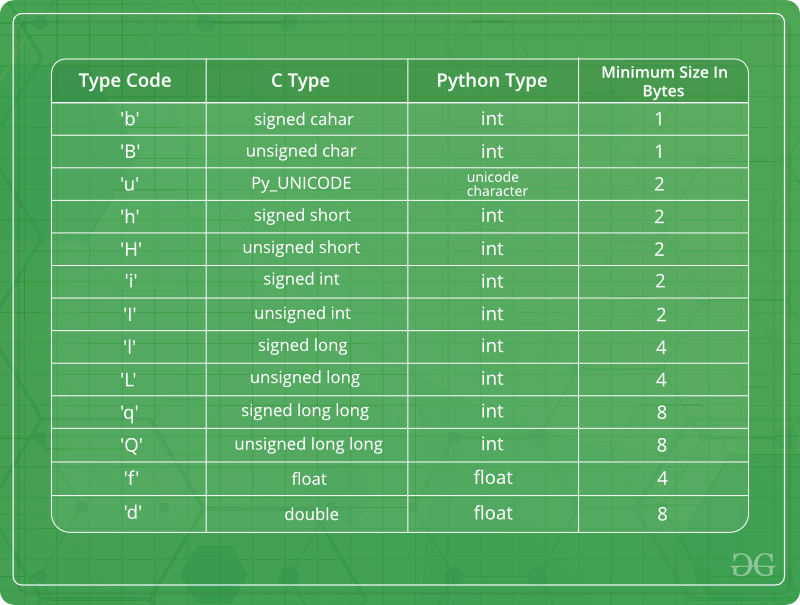
Python is a versatile programming language that offers various ways to represent arrays, which are fundamental data structures used to store and manipulate collections of data. In Python, there are four primary types of arrays:
List (Mutable): Lists are the most common type of array in Python. They can be thought of as vectors or one-dimensional arrays, where each element is an object that can be accessed using indexing. Lists are mutable, meaning they can be modified after creation. You can create a list by enclosing elements within square brackets[]. For instance:
my_list = [1, 2, 3, 4, 5]
print(my_list) # Output: [1, 2, 3, 4, 5]
Lists provide various useful methods like indexing, slicing, and manipulating elements using methods like append(), insert(), remove(), etc.
( ) or square brackets []. For instance:
my_tuple = (1, 2, 3, 4, 5)
print(my_tuple) # Output: (1, 2, 3, 4, 5)
Tuples are often used when you need a collection of objects that should not be modified.
Set: Sets are an unordered collection of unique elements. They do not allow duplicates and cannot be indexed like lists or tuples. You can create a set by enclosing elements within curly braces{ }. For instance:
my_set = {1, 2, 3, 4, 5}
print(my_set) # Output: {1, 2, 3, 4, 5}
Sets are useful when you need to keep track of unique items and perform set operations like union, intersection, difference, etc.
Dictionary (Mutable): Dictionaries (or dicts) are a type of array that uses keys to store and retrieve values. They are mutable, meaning they can be modified after creation. You can create a dictionary by enclosing key-value pairs within curly braces{ }. For instance:
my_dict = {'name': 'John', 'age': 30}
print(my_dict) # Output: {'name': 'John', 'age': 30}
Dictionaries are useful when you need to map specific keys to values and perform operations like searching, inserting, updating, etc.
In summary, Python offers four primary types of arrays:
List (Mutable): A mutable, ordered collection of elements. Tuple (Immutable): An immutable, ordered collection of elements. Set: An unordered, unique collection of elements. Dictionary (Mutable): A mutable, key-value mapping.Each type serves a specific purpose in Python programming, and understanding the differences between them is crucial for effective coding.
